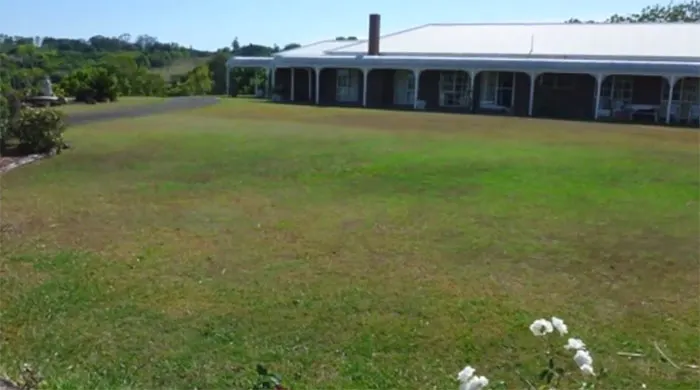The definition of permaculture is pretty simple: an agricultural system or method that seeks to integrate human activity with natural surroundings so as to create highly efficient self-sustaining ecosystems.
Lawns are extremely unproductive and high-maintenance, using up time, energy, and natural resources. They can easily be replaced with productive gardens that are beautiful, low-maintenance sources of healthy food.
TrustNature, an Australian company owned by Paul Taylor, is focused on natural systems technology and promoting the idea of sustainable agriculture. They transformed this lawn into a virtual front yard supermarket using the principles of permaculture.
Their goal with this project was to show how a high-maintenance front yard with a large lawn and ornamental landscaping could be turned into a very productive permaculture food system over a period of 90 days.
This yard will now produce tons of food annually and will be lower maintenance than the lawn and nonproductive landscaping combination it was previously.
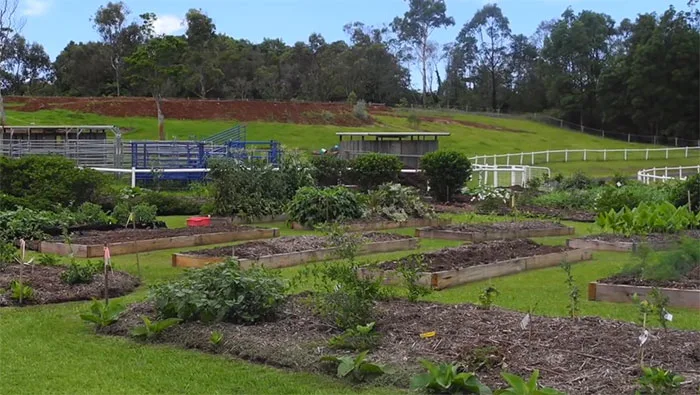
Trust Nature | Paul Taylor
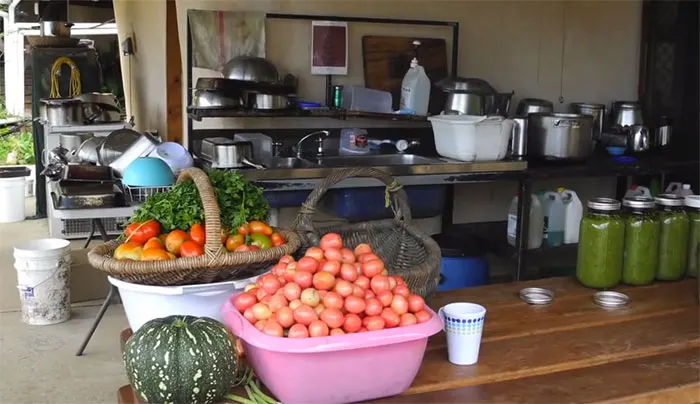
Trust Nature | Paul Taylor
This property is a few acres in size, but the focus of this project was the large front lawn and the surrounding landscaped beds.
The first phase of the project was to build several raised beds. The beds are about 8 inches deep, filled with local soil and 20% compost, then covered in mulch. The beds are then planted with a variety of vegetables.
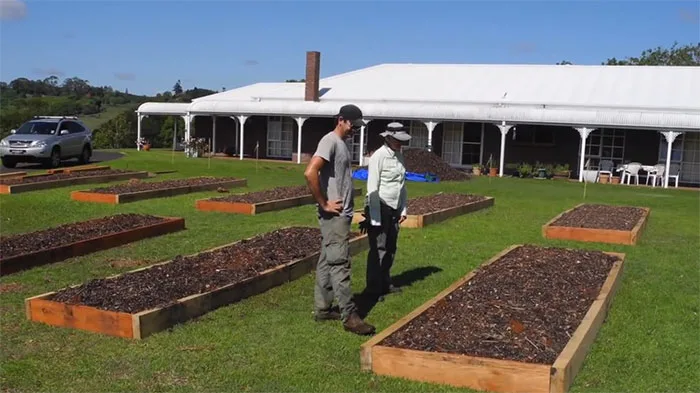
Trust Nature | Paul Taylor
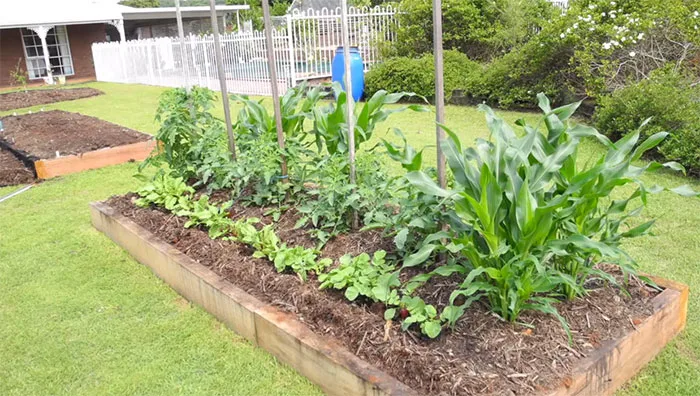
Trust Nature | Paul Taylor
The second phase of the project was to create mini “food forest” beds that grow shrubs and other edible plants.
These beds are placed right over the top of the lawn. A soft plastic border is used to outline the growing area, and then the bed is covered in a mulch sheeting that prevents the lawn grass from growing up into the bed.
The sheeting will decompose over time, allowing roots to grow into the deeper soil underneath.

Trust Nature | Paul Taylor
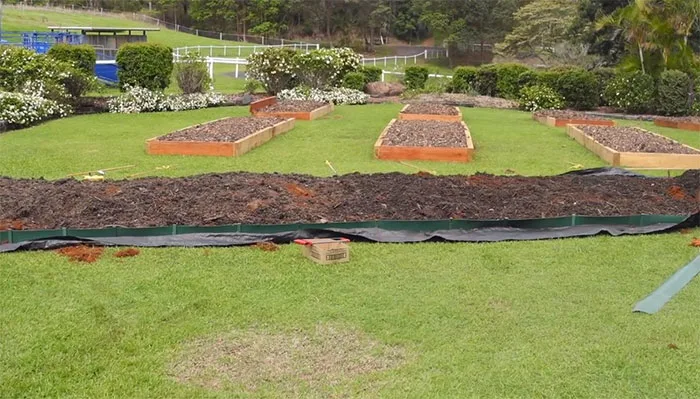
Trust Nature | Paul Taylor
These particular food forest beds grow mostly blueberries with strawberries for groundcover, along with herbs and a few other plant varieties.
After these beds were complete, the other landscaped areas of the yard were replanted, replacing higher maintenance ornamental plants with fruit trees.
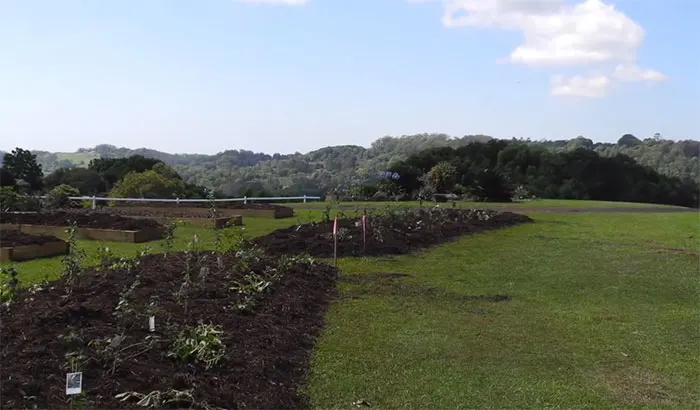
Trust Nature | Paul Taylor
This property had the benefit of a ridge above the garden area where a dam and swales could be constructed to use for water catchment. Over time, with the aid of the swales, the dam fills with water that can be used to irrigate the garden areas.
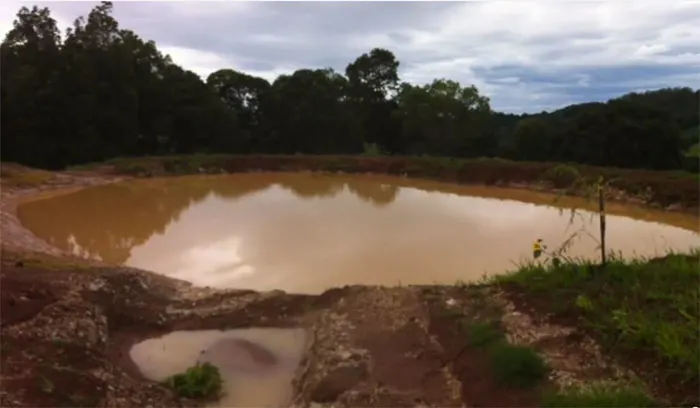
Trust Nature | Paul Taylor
To make this whole system as sustainable as possible, several compost piles were placed on the property that are rich in organic matter, plant nutrients, and beneficial microorganisms.
In addition to the compost, a fermented biofertilizer system and other methods are used to help maintain high nutrient quality in the plants.
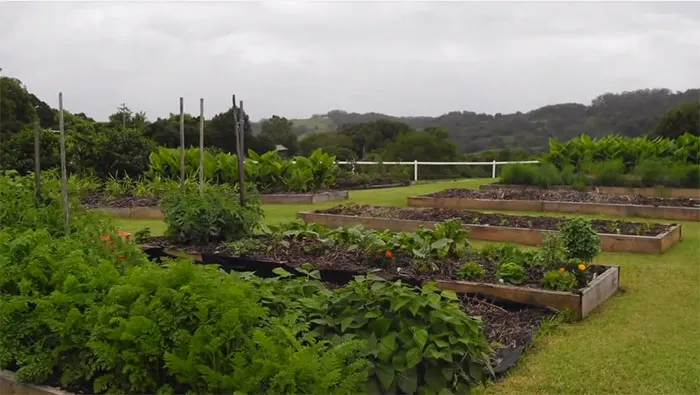
Trust Nature | Paul Taylor
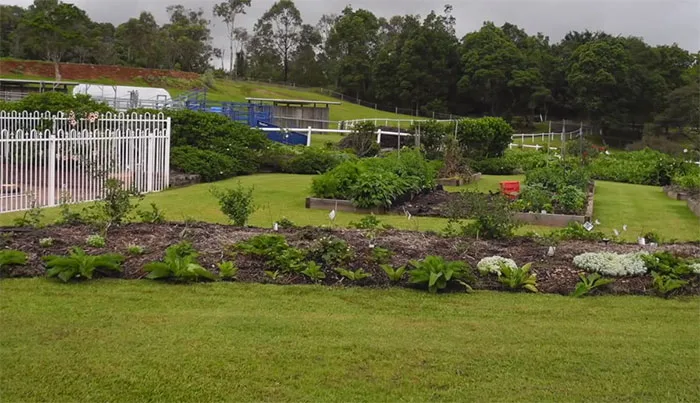
Trust Nature | Paul Taylor
We can convert this high energy input lawn into a low energy input home supermarket in just 90 days – a remarkable result for a permaculture experiment.
See the process for this project in the video below.
Update: The Trust Nature website – trustnature.com.au – seems to be down, but you can find Paul Taylor on Facebook and Instagram.

